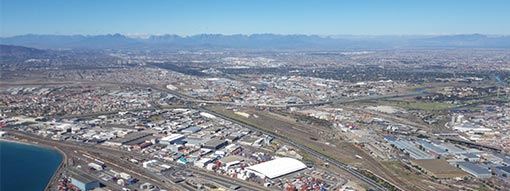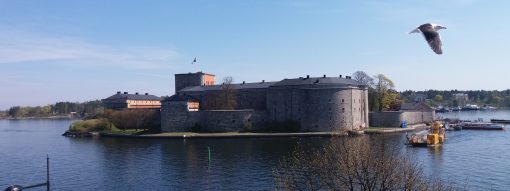Accessibility Research Report 2018
The quality of transport infrastructure and services is considered a decisive factor for the development of cities and regions. Central term related to this is accessibility, which is, however, a multifaceted concept. Accessibility can be a location factor for economic activities as well as factor for quality of life of the population. Accessibility can thus be understood as important “product“ of the transport system for territorial development at all spatial scales. Accessibility indicators reflect the opportunities regions in Europe can enjoy from the existence of transport infrastructure and services linking them to activities of interest. In consequence, accessibility has become a key concept for territorial development. The provision of favourite accessibility conditions to people and economic actors is thus a core element of almost all policy documents on territorial development at the European level.
The latest VASAB Ministerial Conference (in 2014 in Tallinn) underlined that connectivity and accessibility in the Baltic Sea Region, links between the Region and Europe’s core areas, and between the Region and other neighbouring regions are amongst the key development issues in the Baltic Sea Region. The key challenge for the countries and regions is to interconnect Trans-European, national and regional intermodal transport networks in the best way possible. The Ministers asked VASAB to observe closely the regional effects of the European transport infrastructure and to support actions and projects, using the potential of Trans-European Transport Networks (TEN-T) for regional development and improving their connectivity to regional transport networks, in order to promote territorial integration and cohesion.
Accordingly, VASAB has prepared a background report ‘Accessibility of the Baltic Sea Region. Past and future dynamics’.







